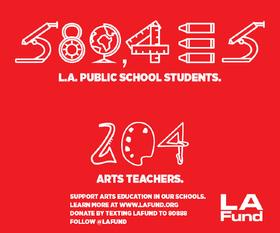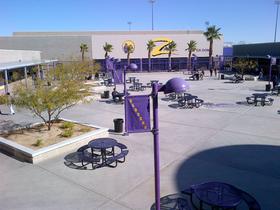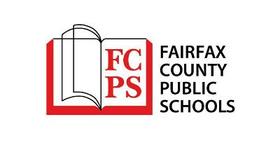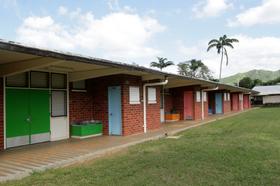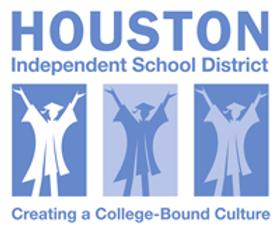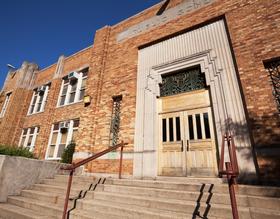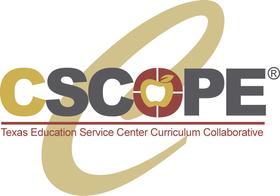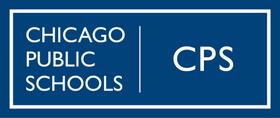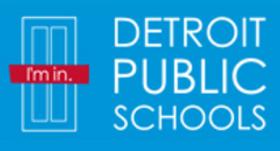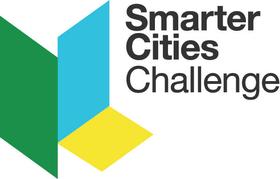In the traditional school, the curriculum is chosen by school board members and taught by faculty – usually standing in front of a classroom of students. Students can choose to engage in the lesson or not, but until now, they rarely have much say in what or how they learn. One high school in Massachusetts has set courses on a new learning adventure, where students choose the subjects and run the classroom as they see fit. Does it work? Let’s find out.
The Independent Project
Time recently reported on an innovative program taking place at Monument Mountain Regional High School in Massachusetts. The program, aptly dubbed the “Independent Project,” offers students a chance to determine how and what they study during school hours. The project was started by a student who became frustrated by seeing his friends lose interest in learning and stop trying to perform academically.
Sam Levin complained to his mother about the problem, who promptly suggested Levin start his own school. The high school student began with a garden on school property that was fully tended by students voluntarily. When Levin saw how readily students put forth effort on a project of their own, he decided to expand the garden concept to other aspects of the school experience.
This video discusses the student-driven concept of running Monument Mountain RHS in Great Barrington, Massachusetts.
“I was seeing the exact opposite in school,” Levin told Time. “Kids weren’t even doing the things they needed to do to get credit. There was something at odds with students getting up to work for no credit or money [on the garden] at 7 in the morning, but not wanting to wake up to read or do a science experiment. I saw the really amazing and powerful things that happened when high school students stepped it up and were excited about something.”
Initial Success Breeds Expansion
Levin worked with Monument Mountain High School counselor Mike Powell to expand the program, which was officially approved by the school board and launched in 2010. Although Levin has since graduated from the school and is now studying at the University of Oxford in England, Powell remains the faculty advisor for the program today. According to the Washington Post, the pilot semester for the program involved eight students – one 10th grader, five juniors, and two seniors.
The program was carefully evaluated after the first semester so that adjustments could be made as needed. Today, the program consists of classes of around ten students each, with a mix of students struggling academically and those excelling but bored with the traditional classroom structure. Three to four faculty advisors help to facilitate the program, although control decidedly belongs to the students.
In this video, Samuel Levin discusses the student-driven learning experiment at Monument Mountain RHS.
Structure of the Independent Project
The Huffington Post explains that the general structure of the semester-long project begins each Monday morning. That is when students come up with a question inspired by something they learned in the classroom the week prior. The students then spend the rest of the week exploring that question, coming up with potential answers and conclusions. On Friday, students present the information they found to the rest of their classmates.
Students enroll in the program for a full semester, which covers all the core subjects typically taught in a traditional high school classroom. The first half of the semester is devoted to natural and social sciences, while the second half covers literature and mathematics. Students are responsible for setting their schedules and keeping themselves on task. Teachers involved with the program serve more as moderators or facilitators than traditional classroom leaders.
Benefits of the Independent Project
The program's structure has been compared to the expectations of students in a college or professional environment. Students like the setup because it allows them to learn and study at their own pace, working with the best subjects and learning styles they like. For students with academic challenges, this can translate to success never seen in the traditional classroom. For students already excelling academically, the program's flexibility gives them a chance to delve deeper into subjects they have a particular interest in.
“The thing I like most is that [the Independent Project] embraces learning in a way mainstream school doesn’t,” Matt Whalen, a high school senior who has participated in the program, told Time. “It’s more about learning than being taught.”
Lisa Baldwin, a science teacher and faculty advisor to the Independent Project, agrees. She told Time, “The project provides the setting for students both at risk and at the top academically to bring themselves further along. I have seen students who would never be successful in a normal schedule of the school thrive in this project.”
Although the project has seen plenty of initial success, it has not been without its share of challenges. Faculty, administration, and school board members have sometimes been slow to come on board the project structure, preferring to see whether the proof is in the pudding. The current academic year is the first time students in the program could begin receiving general credit for their participation. The program had previously been restricted to elective credit, even though core courses were covered.
Since launching the Independent Project in 2010, other schools across the country have contacted Monument Mountain to learn more about how to start similar programs in their classrooms. As interest in the program continues and success by students and faculty is reported, perhaps the Independent Project will become an education model that will be more widely utilized in the future.
Questions? Contact us on Facebook. @publicschoolreview





